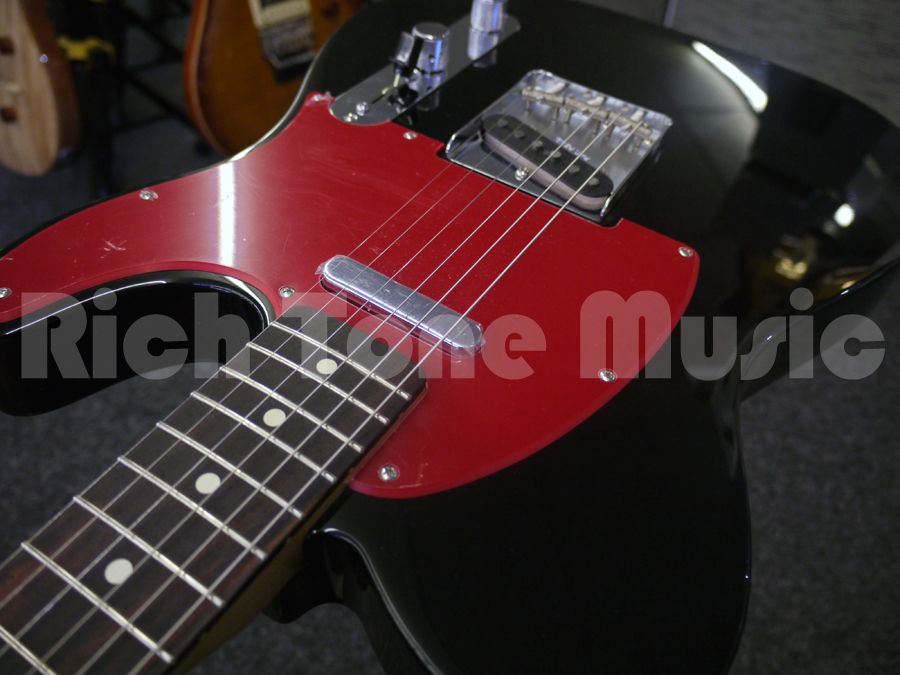

Going Back Home finds the guitarist joined by longtime wingmen Norman Watt-Roy (bass) and Dylan Howe (drums), along with veteran keyboardist Mick Talbot and blues harpman Steve Weston. Johnson says the decision was an easy one: he declined any treatments, strapped on his Telecaster, and started playing as much rock ‘n’ roll as he had time for.īesides live shows (“We did our ‘farewell tour’,” says Wilko with a laugh “Now we just do tours.”), Johnson made the time to record a studio album.

You could attempt to look his style up, but there’s no point – Wilko wrote the book.įast-forward to January of 2013: diagnosed with metastatic pancreatic cancer, Johnson was told he would be dead by October – with the possibility of extending things a bit if he wanted to undergo chemotherapy. Bare-handed and wielding his picking arm like a crazed lumberjack, Johnson proved that one man and a black Telecaster could construct a wall of roaring chords, somehow firing off wailing leads in the midst of it like a sniper atop his perch. Mad-eyed and unblinking, lurching/darting/back-and-forthing about the stage, Johnson introduced the world to his own brand of rhythm/lead guitar. Feelgood, his image has been as unique as his guitar playing. album charts.īut the 66-year-old Johnson has never done things quite like anyone else.įrom the first moment Johnson caught the public’s eye back in the early 70s with the British pub rockers Dr. Sparks.The simple fact of the matter is Wilko Johnson isn’t supposed to be with us at this point – let alone playing slam-banging, foot-stomping rock ‘n’ roll with a new album that debuted at the number three spot on the U.K. And his live shows, with bassist Norman Watt-Roy comprise a best-of Feelgood revue wherein the former Blockhead works the trail blazed by John B. He waxed remakes of of the band’s signature tunes with Roger Daltrey in 2014 on their collaborative Going Home slab. However Wilko keeps the Feelgood flame burning hot.

Brilleaux passed in ’94, but by then the band was a nostalgia act. Feelgood moniker fervently / respectfully plays on and records with none of its original members. Feelgood’s Wilko canon Down By the Jetty (1975), Malpractice (1975), the #1 in the UK live set Stupidity (1977), and their select Gypie sides Be Seeing You (1977) and Private Practice (1978) are essential, as is Julien Temple’s 2009 biographical film Oil City Confidential. His passages quoted the Willie Dixon school of bass – keep it simple, keep it solid.ĭr. Sparks was a heavy handed plectrum player working a Gibson Ripper and/or Fender Precision. Sparks – who rendered supportive pocket passages which fortified the frantic performances Wilko and Brilleaux. Feelgood’s bassist during their glory years was John B. A raucous meld of old-school rock and roll with stripped down rhythm and blues, their influence was profoundly felt by artists that came to prominence during the punk era such as Paul Weller, Bob Geldof and the Boomtown Rats, Blondie, and Richard Hell among others.ĭr. Their golden era is represented by the fiery, first two incarnations of the band featuring guitarists Wilko Johnson (1971 – 1977) and the late Gypie Mayo (1977-1981). Sparks looked (and behaved) as if they were coming off a bank heist!Īlong with Brinsley Schwarz, Graham Parker & The Rumour, Ducks Deluxe, and Dave Edmunds….to cite a few, Feelgood emerged among the founders and finest practitioners of Britain’s hallowed pub rock genre.

Noted Motorhead’s Lemmy Kilmister … “three alcoholics and a speed freak … what could possibly go wrong?” This incomparable quartet of Canvey Island Essex lads: singer Lee Brilleaux, guitarist Wilko Johnson, drummer John “The Big Figure” Martin, and bassist John B. Feelgood are remembered in rock history, if at all, as John the Baptists to punk’s messiahs!” Opined The Independent’s Nick Hasted “Dr.


 0 kommentar(er)
0 kommentar(er)
